
 By Eliza Popova
By Eliza Popova
In his opinion, now, despite radically changed production technologies, Russia again has a sharp lack of artillery - and compensates for it not to release new systems, but to pull out of outdated barrels from the warehouses of the Cold War. According to the Royal Joint Institute of Defense Research (Rusi), as of the beginning of 2024, Russia increased the number of artillery systems on the front to more than 4700. However, this extension was made possible solely by mobilizing warehouse reserves.
According to the Jompy OSINT analyst, in 2022, more than 22,000 artistems were stored on Russian storage bases, of which more than 17,000 were towed. By mid -2024, this number decreased to 9325, ie more than 60% of reserves were used. In this case, not all the remaining equipment is in a condition suitable for combat. The key to Russia was not only the destruction of artillery by the Ukrainian army, but also the exhaustion of the trunks, due to the critical number of shots.
For different systems, it differs significantly: in 122 mm D-30 and 2C1 "Carnation"-about 30 thousand shots, in 152 mm "MSTU-C"-several thousand, in 203 mm 2C7 "Pion"-about 500. According to the Armed Forces, the army of the Russian Federation has already lost about 28 thousand artillery units (including mortars), and by visually confirmed by Oryx data at least 1500 systems. Given the high rates of losses, the need to replace artisystems remains extremely high.
At the same time, the production of new installations and trunks in Russia is lagging behind their wear and tear and destruction. For compensation of losses, warehouses and ammunition supply from allies - according to Ukrainian GUR, have been used, since 2023, North Korea has handed over 5 million shells to Russia. With increasing losses in self -propelled artillery, the Russians switched to towed, cheaper in production and less vulnerable in a positional war.
However, it is not eternal: much of the storage facilities are outdated or requires expensive repair. Moreover, some systems belong to the Second World War. Despite statements about new models such as Malva and Hyacinth-K, much of the systems are collected using old components. For example, hyacinth-K has a barrel from Hyacinth-B. Production capacities remain limited: the company "Motovikhinskaya factories" in Perm - bankrupt, Sterlitamak Plant has been closed since 2013.
Artillery remains the central element of the Russian offensive. Despite the active implementation of FPV-oules, it is the barrel artillery that provides the main fire power. The tactics of the "fire shaft", which requires the defense of the enemy with the continuous density of fire, requires three resources: good systems, ammunition and trunks. It is the last element that became a narrow place. Ukraine also faces a deficit - both in barrels and ammunition.
However, since 2022, the serial production of the Bogdan 2C22 with its own trunks has been operating. In addition, Western allies, including France, send up to 90% of the trunks to Ukraine. The qualitative advantage of Western systems, range and accuracy are factors that can compensate for quantitative lags. If Russia's inventories are exhausted and production rates do not increase - parity in artillery in the medium term is real.
The author notes that today the use of drones in Russia's attacking actions is being recorded on the Ukrainian fronts today. According to Ukrainian speakers, in the border directions of the Russian Federation actively uses fiber -optic drones, trying to replace the firing power that decreases. But despite the growing problems, thousands of artsystems are now continue to work on Ukrainian positions. Their resource has not yet been exhausted, and it is too early to relax.
"The gradual depletion of artillery power should also be taken into account when evaluating the ability of the Russians to new major offensive campaigns. But it is not necessary to forget that thousands of Russian guns are directed at the Ukrainian soldiers right now, and in their fighting readiness to do not doubt," Bulgararian summed up.


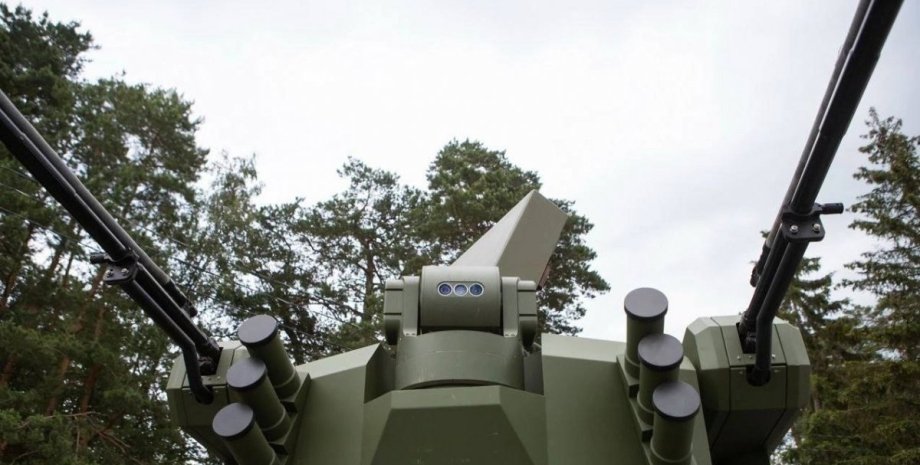
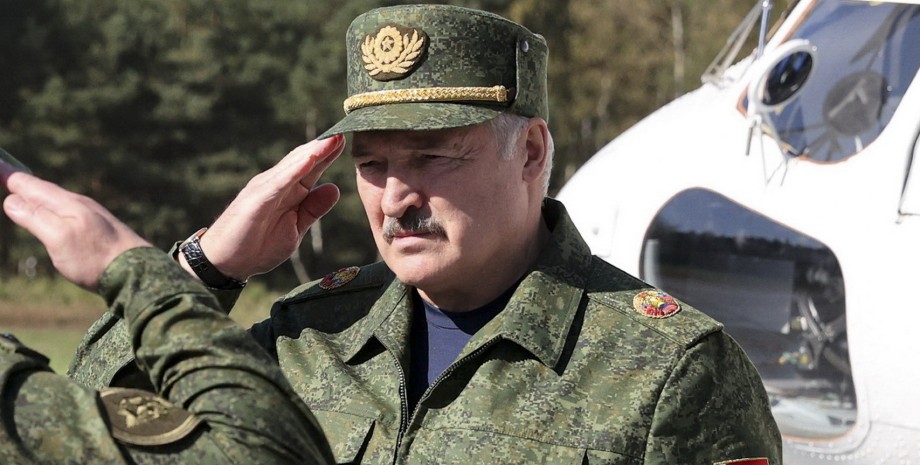
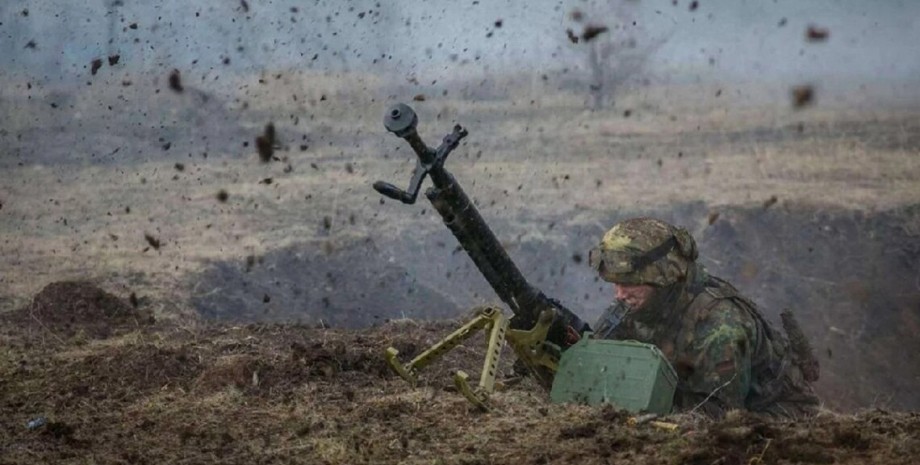

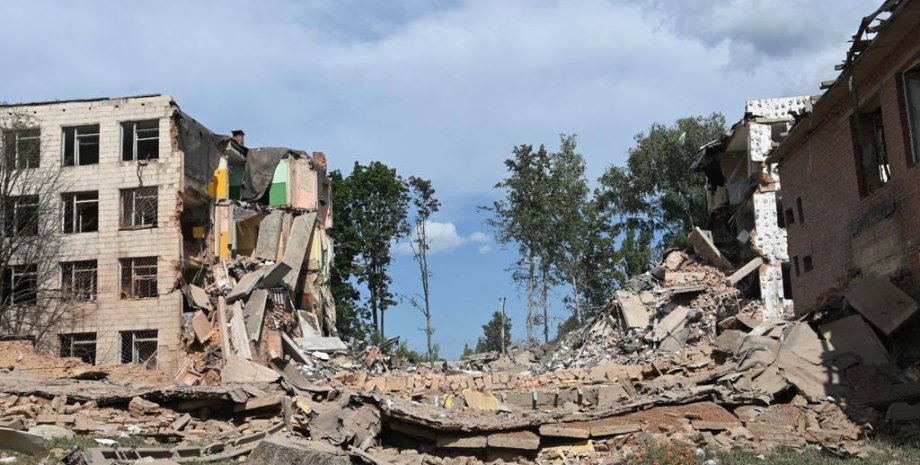

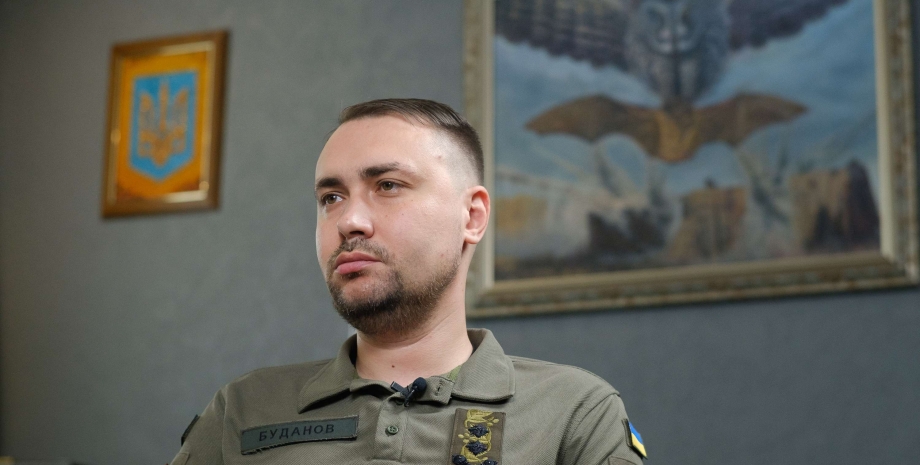
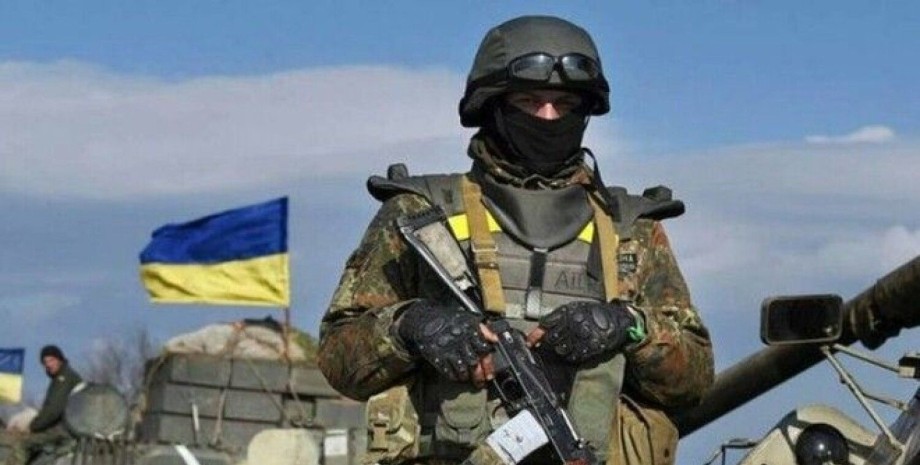
All rights reserved IN-Ukraine.info - 2022